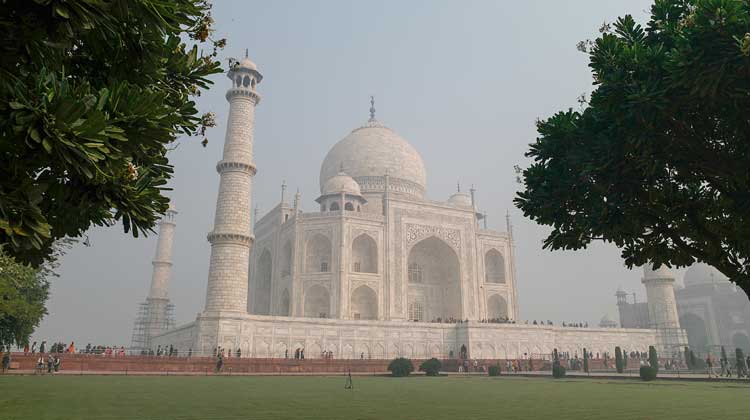
From In Homeland Security
After 10 years of negotiations, India and the United States signed a military cooperation agreement earlier this month. The new accord provides for the sale of U.S. communications equipment and other items, such as armed unmanned aerial vehicles (UAVs), to India. In return, India will join the Communications Compatibility and Security Agreement (COMCASA), which permits the export of certain U.S. military communications equipment to important allies.
Both countries also promised to hold joint land, sea and air military exercises in India next year. In the past, they have held joint exercises outside the country, The New York Times reported.
That India signed this agreement shows just how close Delhi and Washington have become in terms of military relations. As trade between the world’s two largest democratic nations has increased, it was only a matter of time before military relations followed suit.
National Interest
India has remained an outlier in U.S. foreign policy, not because the two nations have poor relations, but because their interests diverged during the Cold War. India gained its independence in 1947, just two years after the end of World War II, so the U.S. did not cultivate a relationship with India under Indian rule.
As the battle lines of the Cold War became more apparent, India chose a non-aligned path. Although Delhi never formally took sides, its military was supplied with Soviet weapons. The U.S. was concerned that should the Cold War go “hot,” there was no guarantee that India would remain neutral. Washington eventually fostered a working relationship with Pakistan as a way to gain a toehold in the region, using the new U.S. relationship with Islamabad as a hedge against possible Indian intentions.
Continue reading here.
Share